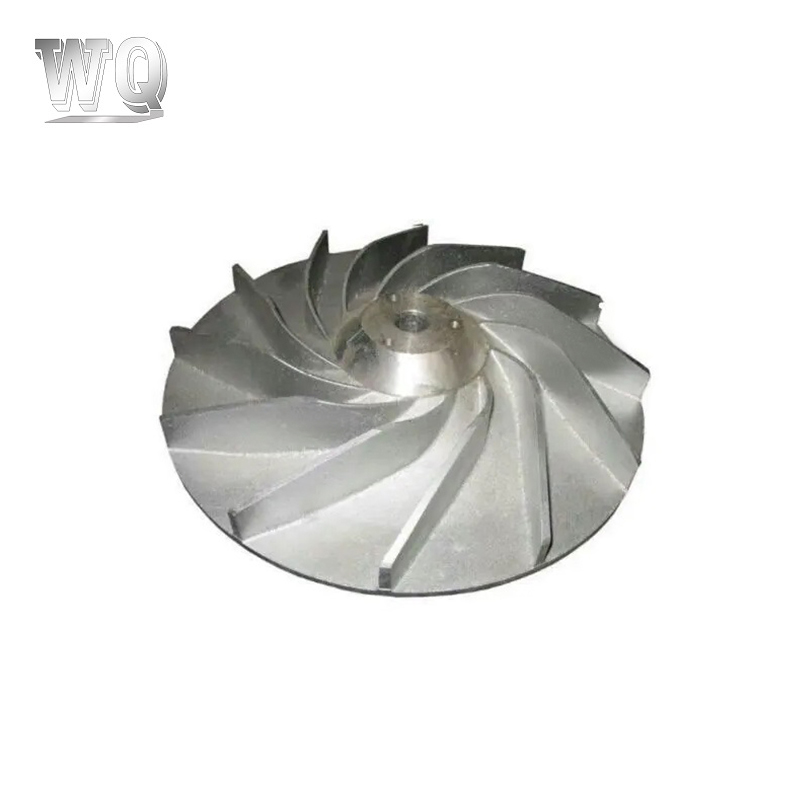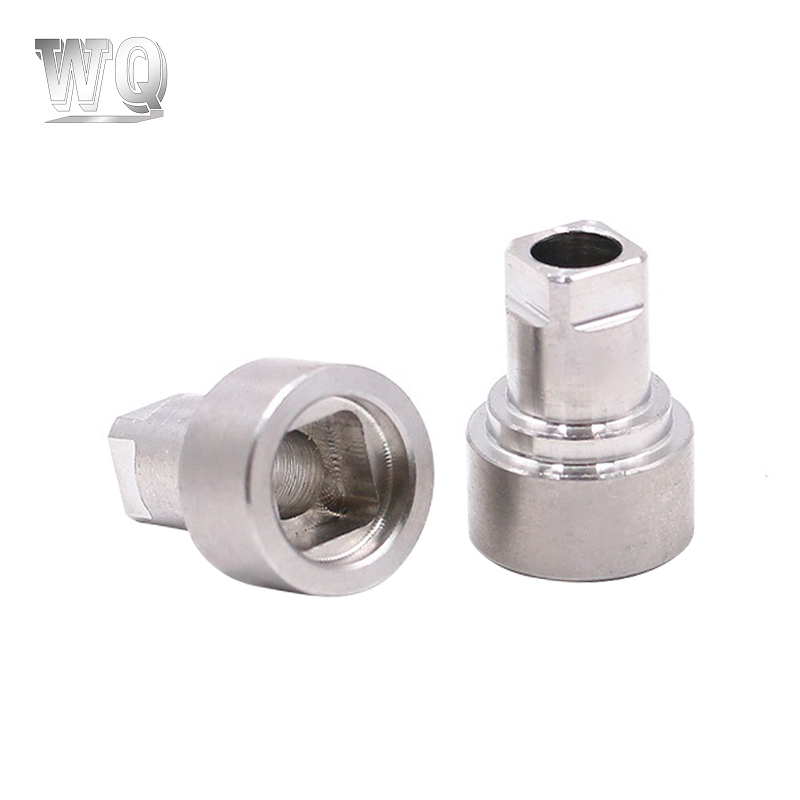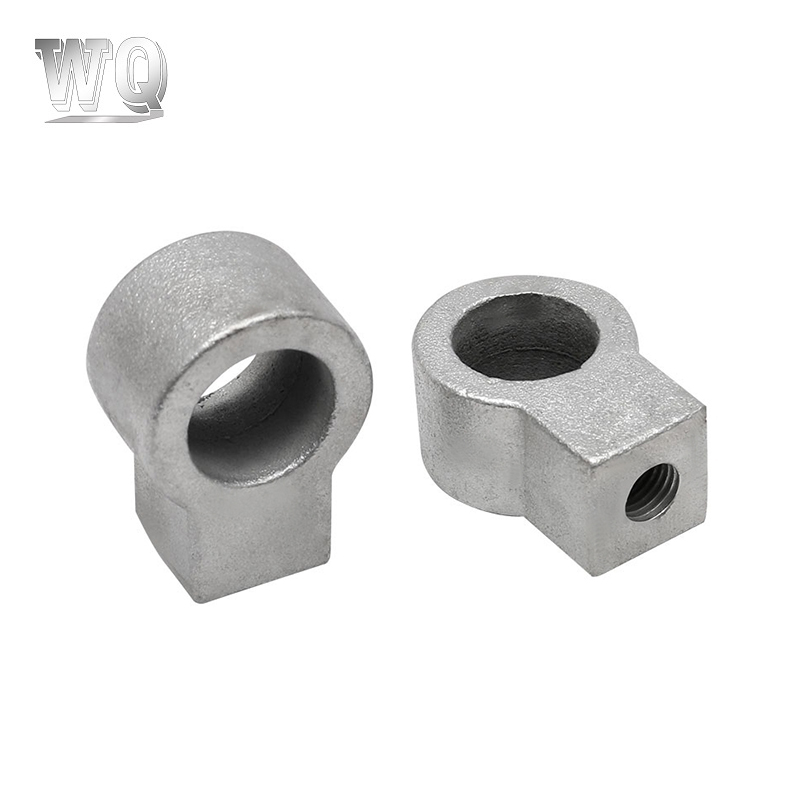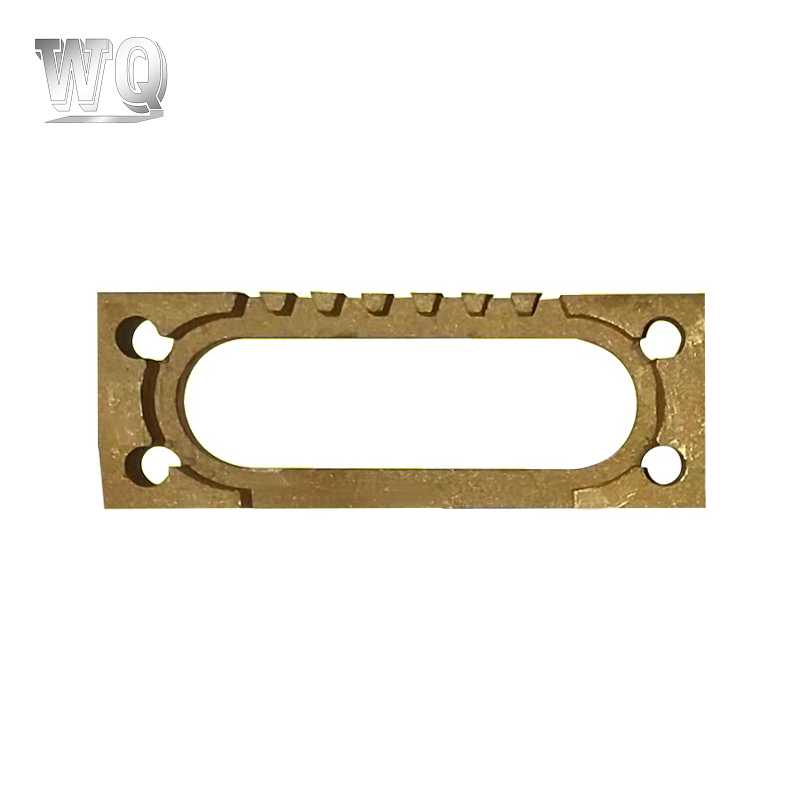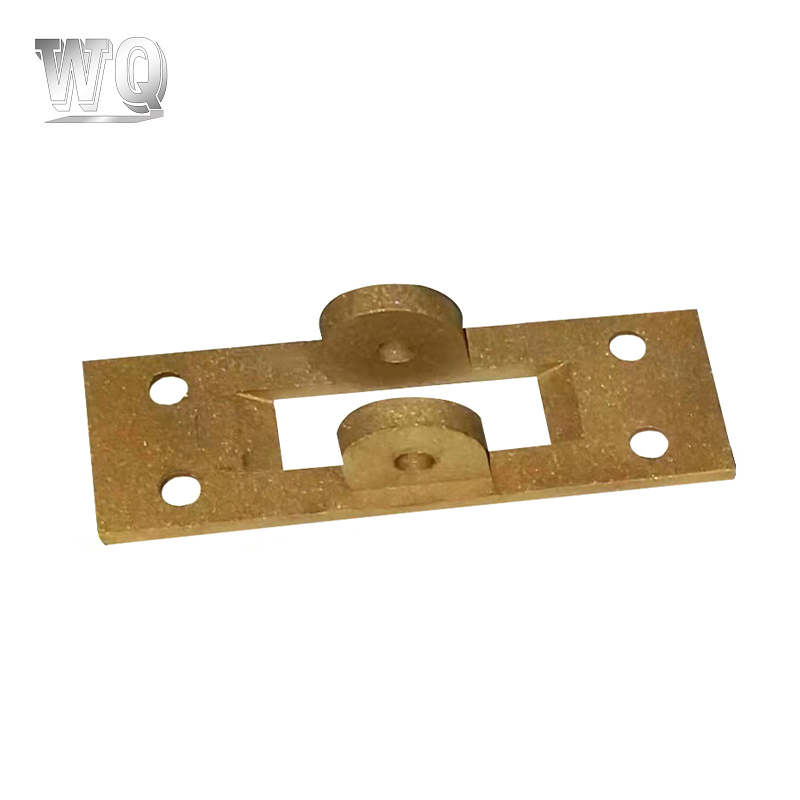In recent years, the global automotive industry has undergone a significant transformation with the rapid development and adoption of new energy vehicles (NEVs), including electric vehicles (EVs) and hybrid electric vehicles (HEVs). This shift is driven by growing environmental awareness, stricter emission regulations, and advancements in battery technology. As automakers pivot away from traditional internal combustion engine (ICE) vehicles toward more sustainable alternatives, the demand for lightweight, durable, and cost-effective components has surged. Among these, aluminum casting parts have emerged as a critical element in the manufacturing of NEVs, playing a vital role in vehicle performance, efficiency, and safety.
The Role of Aluminum Casting in Modern Automotive Manufacturing
Aluminum casting involves the process of pouring molten aluminum into molds to create complex and precise components used throughout a vehicle. These parts include engine blocks, transmission cases, suspension components, wheels, and structural elements such as chassis frames and battery housings. Compared to traditional materials like steel, aluminum offers several advantages: it is significantly lighter, which helps reduce overall vehicle weight; it provides excellent thermal conductivity, aiding in heat dissipation; and it is highly recyclable, aligning with sustainability goals.
In the context of new energy vehicles, where every kilogram saved can extend driving range and improve energy efficiency, the use of aluminum casting parts becomes even more strategic. Automakers are increasingly adopting aluminum-intensive designs to meet consumer demands for longer battery life and better performance.
Impact of the NEV Boom on Aluminum Casting Demand
The global push toward electrification has led to an unprecedented increase in NEV production. Governments around the world are implementing policies to phase out gasoline and diesel vehicles, while consumers are showing greater interest in zero-emission transportation options. According to market research reports, the global EV market is expected to grow exponentially over the next decade, with millions of units projected to be sold annually.
This growth directly translates into higher demand for aluminum casting parts. Electric vehicles typically require more aluminum than their ICE counterparts due to the need for lightweight structures that can support heavy battery packs. For example, the battery casing alone in an EV often uses large aluminum castings to ensure durability and protection without adding excessive weight. In addition, components such as motor housings and heat exchangers also benefit from aluminum’s superior thermal properties.
Moreover, the trend toward larger and heavier batteries in long-range EVs further intensifies the need for lightweight supporting structures. As a result, manufacturers are investing heavily in advanced aluminum casting technologies, such as high-pressure die casting (HPDC) and low-pressure die casting (LPDC), to produce large, integrated components with high precision and strength.
Technological Advancements Driving the Market
To meet the evolving needs of the NEV industry, the aluminum casting sector has seen significant technological innovation. One notable advancement is the development of structural aluminum castings that allow for fewer parts in vehicle construction, simplifying assembly processes and reducing costs. Companies are now producing massive one-piece castings for rear and front underbodies using giant die-casting machines, a technique pioneered by companies like Tesla.
These innovations not only streamline production but also enhance the structural integrity of vehicles. The integration of multiple components into single castings reduces potential failure points and improves crash performance. Furthermore, modern simulation software enables engineers to optimize casting designs before production, minimizing material waste and improving energy efficiency.
Recycling capabilities also contribute to the attractiveness of aluminum in the NEV supply chain. With increasing emphasis on circular economy principles, the ability to recycle aluminum without loss of quality makes it a preferred choice over other materials. This factor further supports the long-term growth of aluminum casting in the automotive industry.
Challenges and Future Outlook
Despite its many benefits, the aluminum casting industry faces several challenges. Supply chain disruptions, rising raw material costs, and energy-intensive production processes pose risks to sustained growth. Additionally, the complexity of producing large-scale, high-integrity castings requires significant capital investment and technical expertise.
However, with continued government support for green technologies and strong consumer demand for electric vehicles, the outlook for the aluminum casting industry remains positive. Strategic partnerships between automakers and casting suppliers are becoming more common, with joint investments aimed at scaling up production capacity and developing next-generation casting techniques.
Emerging markets in Asia, particularly China and India, are expected to drive much of this growth, given their expanding NEV industries and domestic supply chains. Meanwhile, North America and Europe are also ramping up local production capabilities to reduce reliance on imports and meet regional emission targets.
The rise of new energy vehicles represents a paradigm shift in the automotive industry, with far-reaching implications for material selection and manufacturing processes. Aluminum casting parts have become indispensable in this transition, offering a unique combination of lightness, strength, and sustainability that aligns perfectly with the goals of NEV development. As the industry continues to evolve, ongoing innovation in casting technologies and materials science will play a crucial role in shaping the future of mobility. With the right investments and strategic planning, the aluminum casting sector is well-positioned to support the next era of clean, efficient, and high-performance vehicles.
